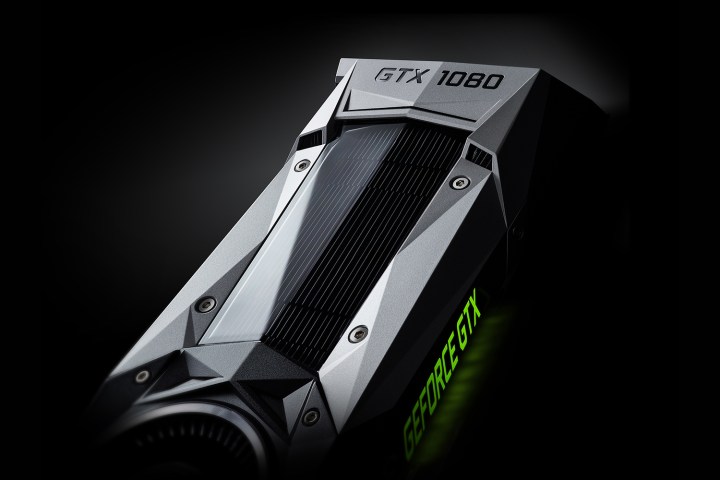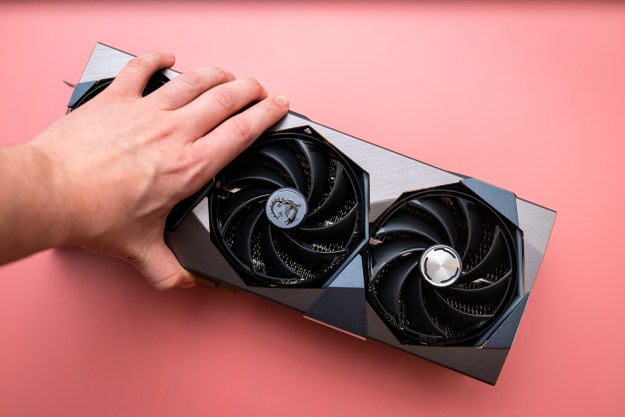
“No Datacenter Deployment,” the updated agreement reads. “The SOFTWARE is not licensed for datacenter deployment, except that blockchain processing in a datacenter is permitted.”
Prior to this change, it was possible for data centers to use several Titan or GeForce GPUs in servers in order to power things such as A.I. research, machine learning, and simulations and analytics. Technically speaking, the EULA only covers the drivers, but without Nvidia’s drivers, you can’t access the full power of the hardware, so the Titan and GeForce will do you little good.
This means that data centers and hardware manufacturers building workstations for those centers will have to fork out a lot more money for GPUs. The gamer-focused GeForce GTX 1080 Ti only costs about $700. It’s not cheap, but it is much more affordable than the $9,000 Tesla V100.
In a statement to the Register, Nvidia said that it updated the license agreement to reflect the fact that it does not believe its consumer-grade cards are meant for data center work.
“GeForce and TITAN GPUs were never designed for data center deployments with the complex hardware, software, and thermal requirements for 24×7 operation, where there are often multi-stack racks,” a spokesperson for Nvidia said.
However, some researchers have said that they do not need the extra power offered by the Tesla V100 stating. One research expressed frustration that Nvidia would resort to legal threats against researchers for using consumer-grade cards.
“Much of this data does not actually need to double-point precision of the Tesla cards,” the researcher told the Register. “This is a shocking sneaky way to suddenly introduce limitations to their product. Most places would be happy to acknowledge that using a consumer product in a server may invalidate the warranty, but to limit in such a way that it would leave researchers open to possible legal threats is frankly disgusting.”
EULAs are often difficult to enforce, though it is possible that Nvidia could take organizations to court over the violation of the agreement.
Editors' Recommendations
- Modders just gave old Nvidia GPUs a big upgrade
- Nvidia and AMD GPUs work together better than you might think
- Nvidia may launch three new Super GPUs to fight back AMD
- Nvidia GPUs see massive price hike and huge demand from AI
- With the RTX 4060 at $299, Nvidia reverses course on pricing



